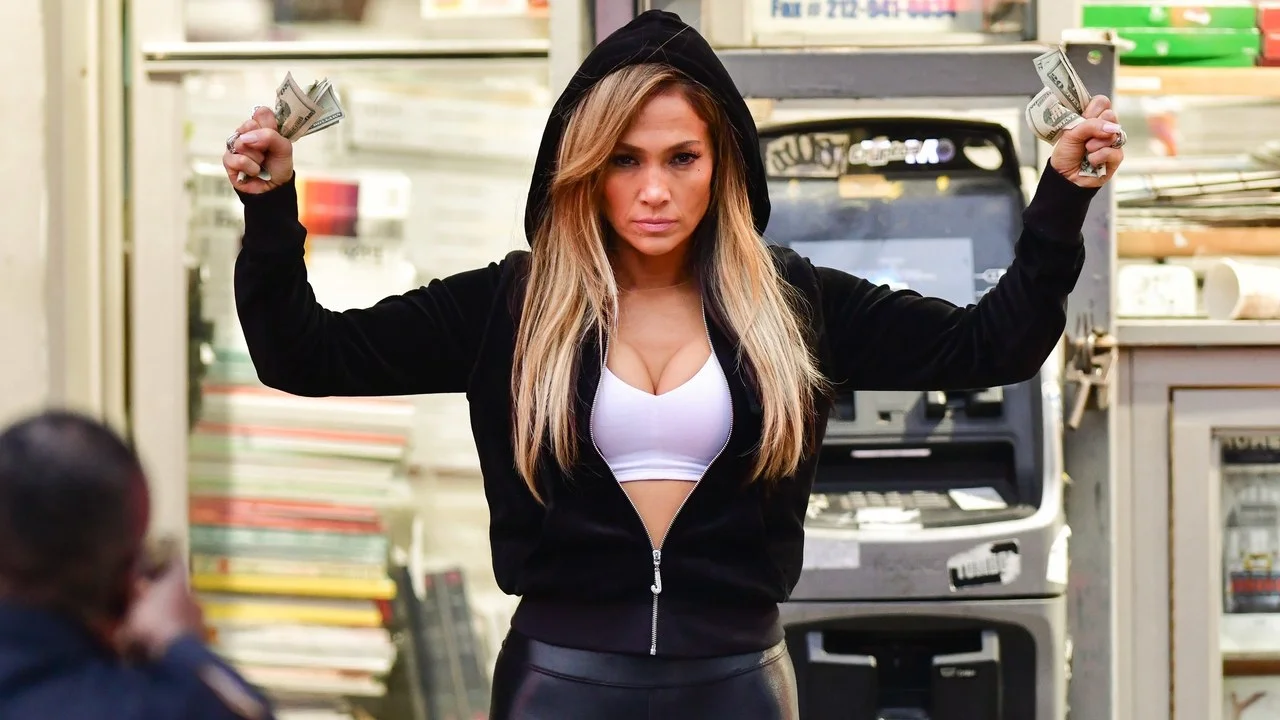Female Friendship From A Different Gaze: Hustlers
In the opening scene of Lorene Scafaria’s Hustlers, a camera follows Constance Wu’s Destiny out of a strip club’s dressing room, onto the stage and around the floor, unsuccessfully offering dances to uninterested men on the first night of her new job there. It’s a tracking shot that’s reminiscent of the now-famous Steadicam scene in Martin Scorsese’s 1990 gangster epic Goodfellas, where we see Ray Liotta’s Henry Hill leading girlfriend Lorraine Bracco, and the audience, through the back entrance and through the kitchen of New York’s Copacabana nightclub. Goodfellas’ Copacabana tracking shot is recognizable by its name alone, frequently shown to film students and aspiring filmmakers as an example of iconic camerawork from a cinematic heyday, defining the legendary career of the film-school generation’s frontman. Henry Hill tells us, “As far back as I remember, I always wanted to be a gangster”; Destiny, however, did not have such plans growing up. As she and the film explain, she does what she has to do to survive.
Destiny, of course, isn’t her birth name, Dorothy is - although this has been changed from the name of the real-life ex-stripper that the character is based on. In 2015, “The Hustlers at Scores” was published by the New York Times, detailing the complex story of the women who, after the disastrous financial crash of 2008 left them lacking work, decided to take matters into their own hands and trick men into spending thousands with them at strip clubs, making a cut of the money to split between them and spend for themselves.
Destiny watches Jennifer Lopez’s Ramona dance before they are properly introduced, in a sequence that we’ve seen versions of before; as Ramona effortlessly twirls around the pole to Fiona Apple’s Criminal, the camera flits between slowly zooming in on Destiny’s expression of awe and showing fetishising close-ups of JLo’s chiseled body. It’s a scene which employs the typical qualities of the male gaze, and though there are men in the scene, gleefully throwing notes at Ramona, we’re watching her dance through Destiny’s eyes. When they meet on the roof of the club, Ramona wraps her huge fur coat around Destiny, and they instantly become best friends; it is this friendship which remains at the centre of the narrative.
Another Scorsese film, The Wolf of Wall Street, comes to mind during one of the slick, stylistic montage sequences depicting the scamming practices of the women; Destiny narrates “I was CFO of my own fucking corporation.” This heady, dazzling excitement as Destiny and her “sisters” - Keke Palmer and Lili Reinhart, in stellar supporting roles - rake in the money, the ecstatic rise before the inevitable fall, harkens back to Jordan Belfort’s own arc. Destiny tells Ramona that she doesn’t “wanna be dependent on anybody. Like ever”. But the two women, in a sense, rely on each other, both for emotional support and for their operation to run as smoothly as it does. “Motherhood is a mental illness”, Ramona prophesizes, herself a doting single mother. Later, after a scam gone particularly wrong, Destiny walks her daughter Lily into school wearing a blood-stained crop top, as fellow moms ogle her with judging eyes. Hustlers tells us that there are different ways to be a mother, to be a working mother, and for your work to be sex work.
Elsewhere, there are plenty of cameos - from Lizzo and ex-stripper Cardi B to G-Eazy and at one point Usher, in one of the most fun scenes of the film - and a soundtrack laden with mid-noughties nostalgia. Later, Lorde’s “Royals” accompanies a montage of each of the women finally realizing that the heist is up; “that kind of lux just ain’t for us” ringing ironically true as banknotes fly from in between Ramona’s fingers, submitting to her inevitable fate. Scafaria never judges the women, but attempts to understand the factors that led to them making the decisions that they did. The result is a riotously funny, touching and vibrant character study, laced together with creativity, originality and care.














